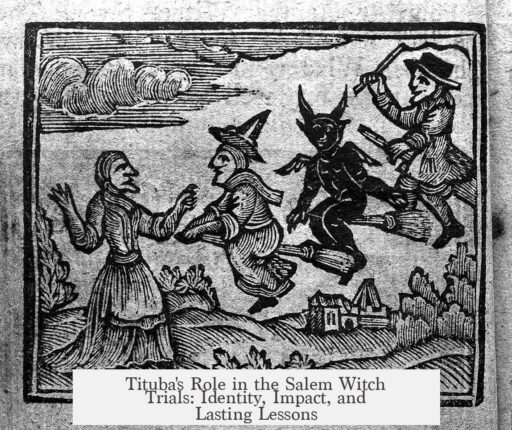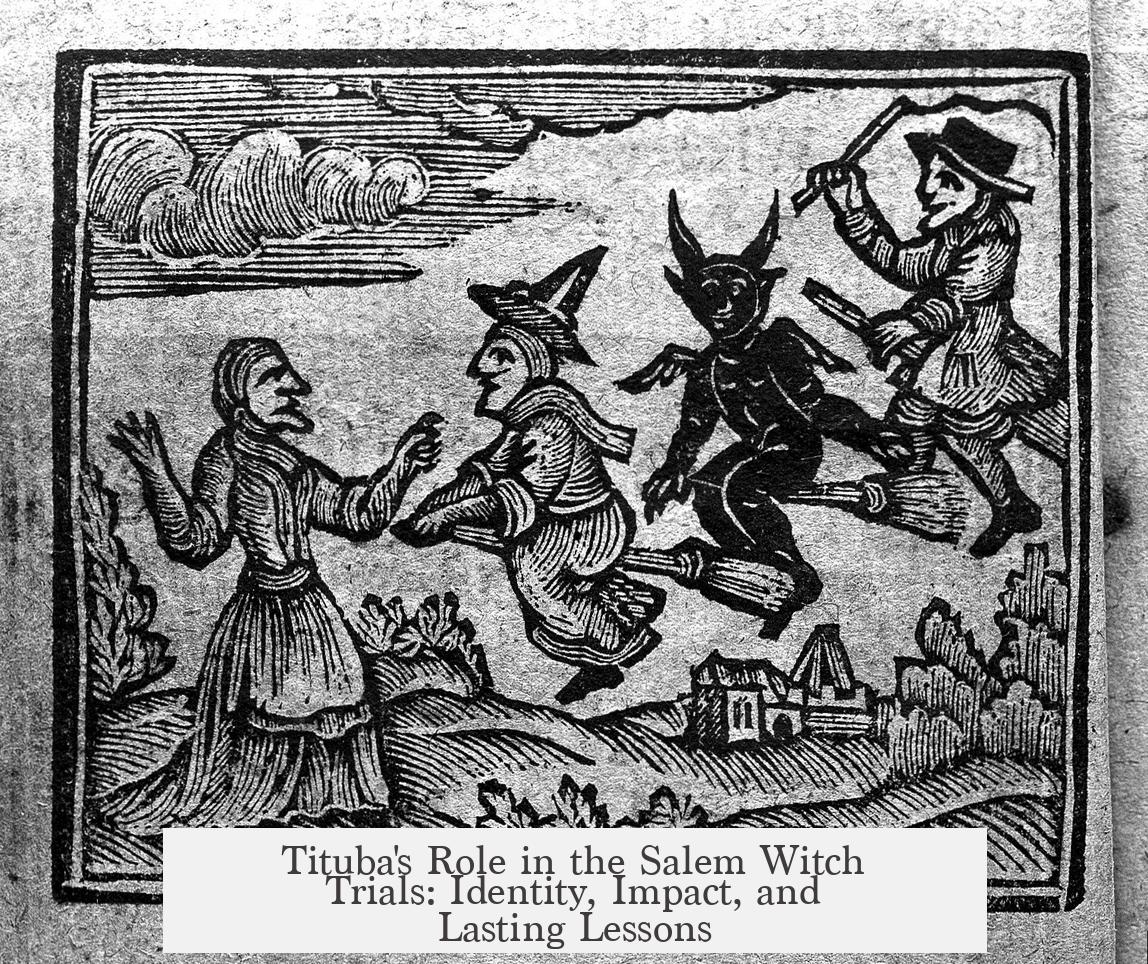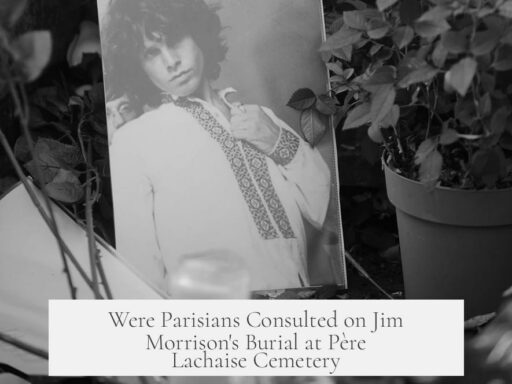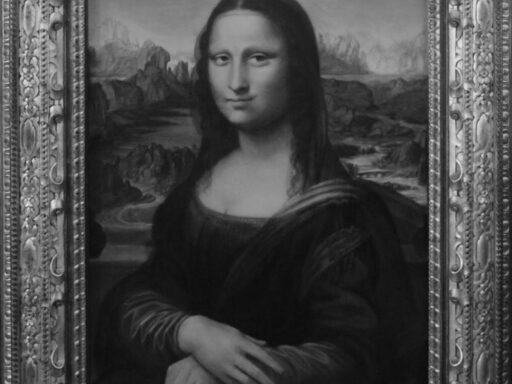Tituba played a central role in the Salem Witch Trials as the first accused and a key figure in igniting the witch hysteria. She was a house slave of the Parris family, brought from Barbados to Salem and of mixed or unclear ethnic heritage, often described as “Indian” in court documents. Her cultural practices and a simple magic trick led to fear and accusations in a strict Puritan society.
Tituba arrived in Salem with the Parris family after a hurricane destroyed their Barbados plantation. Reverend Samuel Parris purchased her and her husband John to assist with household duties. Historical records identify her primarily as “Indian,” though some modern scholars suggest she may have had mixed ancestry due to her origins in colonial Spanish territories where Africans and native peoples often intermarried.
Her ethnic background remains debated. Many believe she was part Indigenous American rather than African, supported by court records that would have labeled her “black” if solely of African descent. The misconception of her as a black woman partly arises from later portrayals and the racial attitudes of 19th-century America, which skewed perceptions against people associated with African ancestry.
Cultural misunderstandings played a more crucial role than race in Tituba’s accusation. A key incident involved her performing a folk “magic trick” for Reverend Parris’s daughters, Betty and Abigail. She stirred egg yolks in water, supposedly revealing images of future husbands’ occupations. When Abigail thought she saw a coffin in the glass, the girls became frightened. Under Puritan doctrine, any form of “magic” was sinful, and their fits and accusers’ panic escalated the trial atmosphere.
The Puritan community viewed this folk practice as sinister. The girls, pressured to name someone responsible for their strange behavior, accused Tituba. Being foreign and unfamiliar, she became an easy scapegoat in a tense atmosphere charged with religious fear and suspicion.
- Tituba was the first to be accused during the Salem Witch Trials and played a pivotal role in fueling the hysteria.
- Her ethnic background is unclear but documented as “Indian,” with possible mixed heritage.
- A cultural practice, interpreted as witchcraft, led to the initial accusations against her.
- Racial prejudices later shaped her image more than the original trial context did.
- Her story underscores tensions between cultural misunderstanding and religious fear in 1692 Salem.
Unveiling Tituba: The Spark of Salem Witch Trials Fire
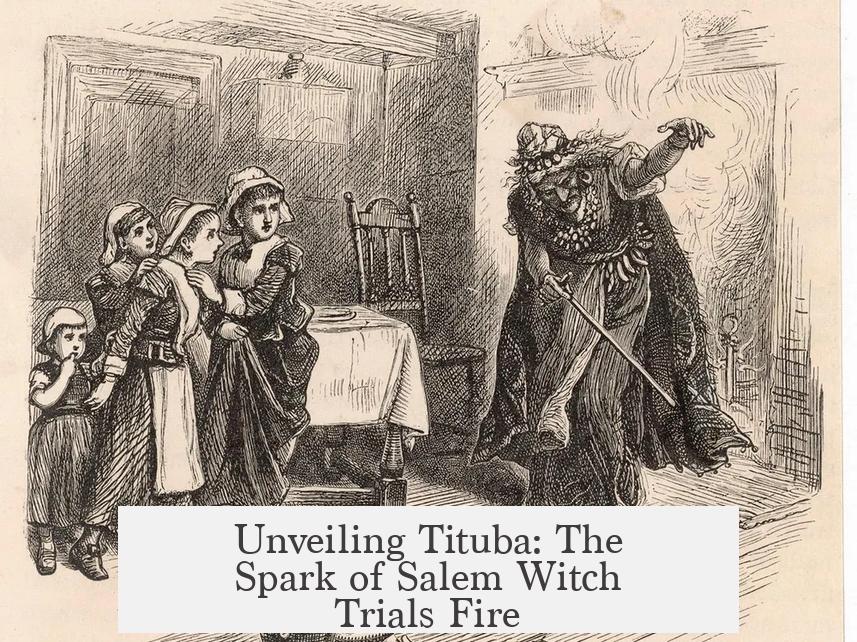
Who was Tituba, and what role did she play in the infamous Salem Witch Trials? Untangling this question leads us right into the heart of America’s most notorious witch hunt. Tituba, a house slave owned by the Parris family, becomes the first to be accused and confess in the 1692 hysteria. Her story isn’t just about witches or the supernatural; it’s a rich tapestry weaving culture, race, and fear into one combustible mix.
Born somewhere in the Caribbean, most likely Barbados, Tituba’s early life is shrouded in mystery and controversy. Revered Samuel Parris purchased her and her husband, John, to assist with household chores. After a powerful hurricane destroyed the Parris’ home and plantations, the family relocated to Salem, Massachusetts, bringing Tituba with them. This move unknowingly positioned her at the epicenter of witch hysteria.
The Mysterious Origins and Ethnic Identity of Tituba
When piecing together Tituba’s heritage, historians hit a snag. Contemporary Salem documents consistently refer to her as “Indian.” Yet, in the racial tensions of 1860s America—a period scarred by profound racism—scholars speculated she had mixed heritage.
Why the sudden change almost two centuries later? Some believed that linking her partially to African ancestry conveniently fit ugly racial stereotypes. Americans at the time wrongly saw African descent as linked with mischief or inferiority.
Modern portrayals often cast her as Black, cultivating that popular image. But historical evidence suggests she was probably part Native American, likely indigenous Caribbean, rather than fully African. The 1690s court scribes had strict racial labels. If she had been entirely African, records would reflect that. This subtle but important distinction shows how much racism—both historical and modern—shapes our understanding.
Cultural Clashes—The Real Cause of the Witch Hunt?
Race might grab the headlines, but cultural misunderstandings played a heavy role in Tituba’s downfall. One story stands out: Tituba performing a little “magic trick” to entertain two young girls, Betty Parris and Abigail Williams. Each girl would mix egg yolk into water and interpret the shapes as clues about their future husbands—right down to their jobs.
Sounds innocent enough, right? Well, in Puritan Salem, “magic” was a sin, and anything that smacked of fortune-telling was dangerous. Abigail supposedly saw a coffin shape in her glass. Suddenly, what was a harmless game sparked fear and hysteria. The girls started convulsing and throwing fits, behaviors that their community equated with being possessed or bewitched.
From Tituba’s perspective, it was just a folk game—maybe a childhood pastime from her homeland. But to the strict Puritan society, it was the devil’s work. When the community pressured the girls to name who was causing their troubles, it was an easy leap to blame Tituba. She was the “foreigner” who introduced the “sinful” practice. This cultural gap sealed her fate.
Why Does Tituba Matter Today?
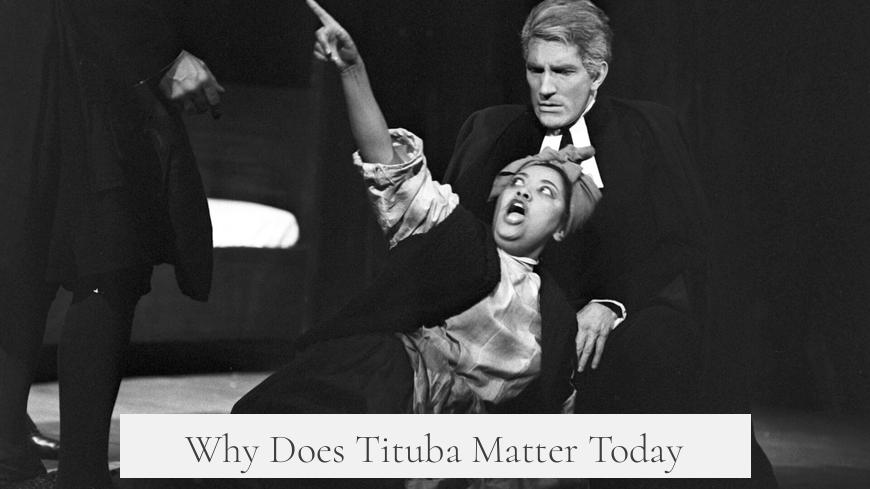
Her story raises questions still relevant in modern discussions on race, culture, and justice. What if Tituba hadn’t performed that magic trick? Would the Salem witch trials have spiraled the same way? Probably not—or maybe someone else would have been the scapegoat.
Her experience reveals how fear can warp innocence into guilt. When people fear “the other,” a single gesture or cultural custom can become a dangerous accusation. Is this just a 1690s issue? Sadly, no. We still see echoes of this dynamic in today’s world.
Lessons from Tituba’s Tragic Role
- Understand before judging: Cultural customs unfamiliar to some might seem suspicious without the right context.
- Recognize the power of scapegoating: Tituba’s case is a textbook example of blaming vulnerable people to soothe community fears.
- Bring history into modern discussions: Her story should remind us to question assumptions about race and ethnicity that linger in culture and media.
Besides illuminating the origins of the Salem hysteria, Tituba’s tale opens a broader conversation about how fear and misunderstanding can escalate into tragedy. The so-called “witchcraft” was largely hysteria fueled by cultural clashes, not black cats and spells.
Reflecting on the Salem Witch Trials: More than Salem’s Ghostly Tale
When we dive deeper into history beyond the sensational, multiple layers surface. Tituba’s “magic” trick wasn’t a curse; it was a key revealing deeper societal tensions—race, power, and the struggle for control in a rigid community.
Are we ready to look past decades of dramatized storytelling and face the raw, complex truths? Understanding Tituba helps humanize those caught in the throes of fear. It also reminds us to question narratives shaped by bias and fear.
Next time the Salem Witch Trials pop up in a discussion or movie, pause to consider the story of Tituba—the foreign servant, cultural outsider, and unwilling instigator. What can we learn from her about fear, difference, and misunderstanding? Quite a lot.
Who was Tituba in the Salem Witch Trials?
Tituba was a house slave owned by Reverend Samuel Parris. She came from Barbados with the Parris family and lived in Salem Village during the witch trials.
What is known about Tituba’s ethnic background?
Documents from her time call her “Indian,” but some 19th-century scholars suggested she might have mixed heritage from colonial Spain. Many modern depictions cast her as Black, though contemporary records likely identify her as part Native American.
How did Tituba’s cultural background influence her accusation?
Her cultural differences likely caused suspicion. She performed a magic trick to entertain children, which Puritans saw as sinful. This led to fear and accusations against her as a witch.
Why did the girls accuse Tituba during the trials?
After seeing frightening images in the magic trick, the girls acted erratically. Under pressure to name who caused their fits, they blamed Tituba, who first introduced the trick. Her foreign status made her an easy target.
